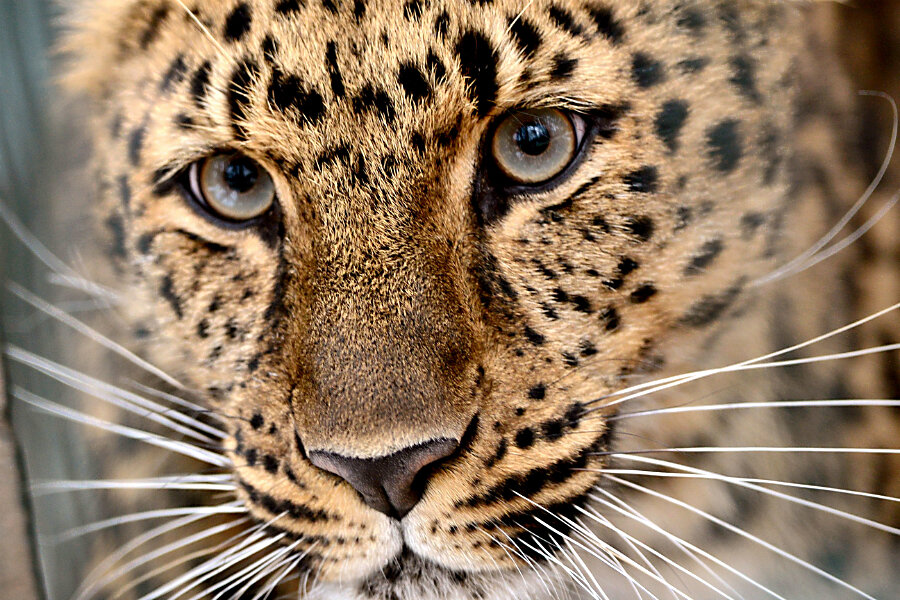The eyes have it: What pupils reveal about predators and prey
Loading...
Have you ever wondered why your cat has long slits for pupils?
Scientists from the Universities of California–Berkeley and Durham in Britain have discovered that eye shape can reveal whether a species is predator or prey. Their research appears in the current issue of Science Advances. After analyzing the eyes of 214 species of land animals, they discovered that pupil shapes are directly linked to an animal’s ecological niche.
For instance, animals with pupils that are vertically elongated, like domestic cats and geckos, are more likely to be ambush predators – hunters active day and night who use stealth, not strength or speed, to overcome their prey.
Animals with horizontally elongated pupils, such as goats and sheep, are likely to be plant-eating prey animals, the researchers found. Circular pupils, found in humans and birds, provide good all-around vision and are linked to animals that chase down their prey.
Martin Banks, professor of optometry at Berkeley, and Gordon Love, director of the Centre for Advanced Instrumentation at Durham, say that prey animals have two key visual requirements: spotting and fleeing predators.
"To detect approaching predators ... they need to see panoramically on the ground with minimal blind spots," said Professor Banks, the lead author on the study. "Once they do detect a predator, they need to see where they are running. They have to see well enough out of the corner of their eye to run quickly and jump over things.”
So why are the pupils horizontal?
"For species that are active both night and day, slit pupils provide the dynamic range needed to help them see in dim light yet not get blinded by the midday sun," explained Banks in a press release.
Using computer models, the researchers quantified how horizontal pupils, like athletes' eye stripes, allow more light in from the front, back and sides, while limiting the amount of dazzling light from the sun overhead.
In fact, the sideways orientation so important for a grazing animal that when it drops its head, its pupils rotate (in opposite directions!) by up to 70 degrees to stay horizontal, the researchers found.
"To check this out, I spent hours at the Oakland Zoo, often surrounded by school kids on field trips, to observe the different animals," said Banks. "Sure enough, when goats, antelope and other grazing prey animals put their head down to eat, their eyes rotated to maintain the pupils’ horizontal alignment with the ground."
While prey animals need to be able to see all around them, predators need binocular vision to see how far away their prey is. Vertical-slit pupils maximize stereopsis, or binocular disparity, and blur, in which objects at different distances are out of focus, the scientists found.
But not all predators have vertical pupils.
"A surprising thing we noticed from this study is that the slit pupils were linked to predators that were close to the ground," said William Sprague, a postdoctoral researcher in Banks’ lab. "So domestic cats have vertical slits, but bigger cats, like tigers and lions, don’t. Their pupils are round, like humans and dogs."
They concluded that vertical pupils maximize small hunters' ability to judge distances.
"We are learning all the time just how remarkable the eye and vision are," said Dr. Love. "This work is another piece in the jigsaw puzzle of understanding how eyes work."







